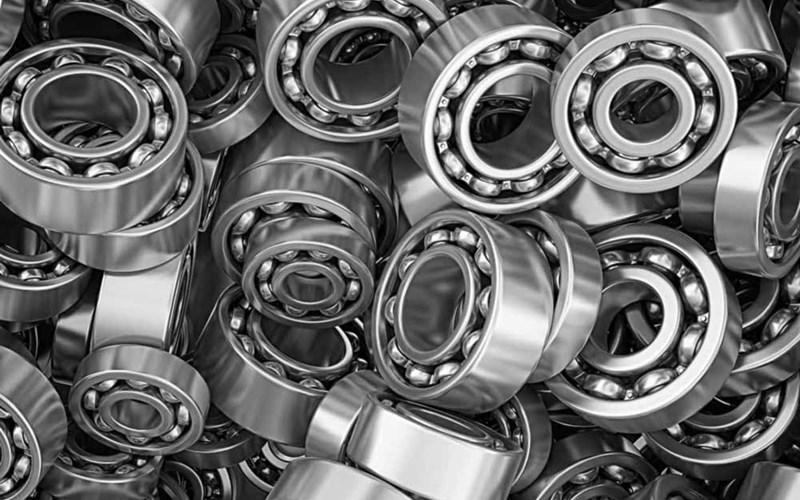Let’s say you send a complex design to a reputable manufacturer to make a part for your application. But when the part arrives it doesn’t fit. What happened? Think back to when you sent the design: Did you include tolerances? Did you apply them properly?
Because this is where tolerance matters.
Some machine shops apply a standard tolerance of 3 decimal places (+/- 0.005) to un-toleranced dimensions, especially if they don’t know the design intent.
Now you’ll have to wait for the part to be reworked. This is one of the reasons it’s important to use tolerances. We’ve listed other benefits and considerations for the application of tolerances below.
BENEFITS OF USING TOLERANCES
PARTS FIT
Using tolerances correctly means that your parts will fit whether it’s a sliding fit or a press fit. Some manufacturers will apply their own standard of tolerances to non-toleranced dimensions, which may not be the best option for your product.
REDUCED COSTS
If you are using unnecessarily tight tolerances, that makes the part more expensive to produce. There is no reason to apply a +/- 0.0002 tolerance when a +/- 0.002 will work.
NO LAG IN PRODUCTION
Some manufacturers will not begin making parts until all features are defined, pushing back delivery time. Using tolerances means that the manufacturer won’t be calling for details, they can get started right away.
YOU’RE NOT LIABLE
If you use proper tolerances, the liability of making the part correctly goes to the manufacturer. If the part is within tolerance and it doesn’t fit, the manufacturer cannot be held accountable.
Using tolerances is important, but it’s even more important to be able to apply them correctly.
CONSIDERATIONS WHEN APPLYING TOLERANCES
FIT
Depending on your application, you might want a clearance fit to allow for expansion due to heat, a sliding fit for better positioning, or an interference (press) fit for holding capability.
“TOLERANCE STACK”
Consider how “tolerance stack” will affect the part.
RADIUS OR DIAMETER MEASUREMENTS
Be careful when applying tolerances to radius or diameter dimensions. A tolerance on a radius will be doubled when measured as a diameter. A tolerance on a radius might be looser than intended, while one on a diameter might be tighter than intended.
DIMENSIONS & ROUNDING
The American Society of Mechanical Engineers (ASME) states that dimensions “are used as if they were continued with zeros,” even when not shown. If you measure down to four decimal places with a dial micrometer, and the part’s dimension is supposed to be 0, the dimension is not rounded down to three decimal places. That would be considered a nonconformance.
PLATING OR FINISHING
Take into account whether any plating or finishing processes a part requires. Also take note if the dimensions apply before or after these processes.
ALIGNMENT HOLES
Both the location and size of alignment holes should not carry the same tolerances as clearance holes.
Do you have a question about proper shaft and housing tolerances and how they apply to your application? Give our experts a call or contact us to learn more.
